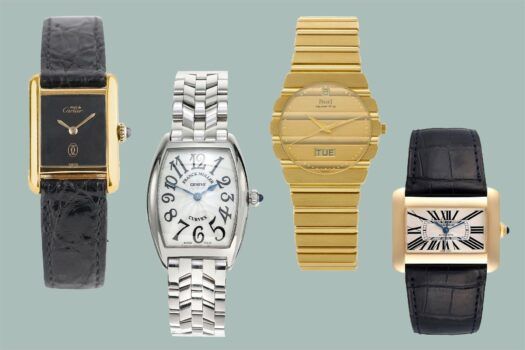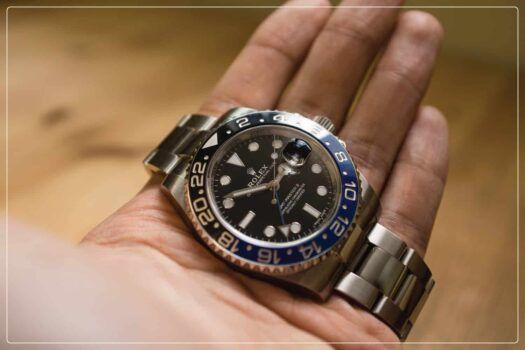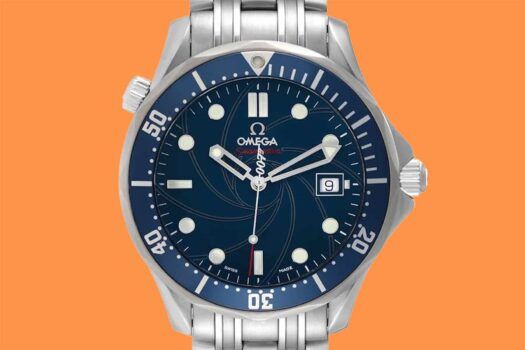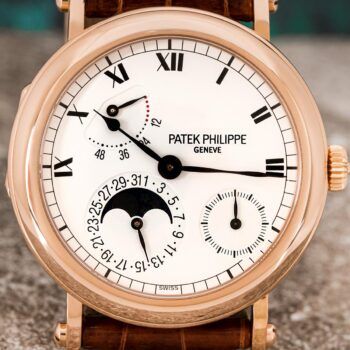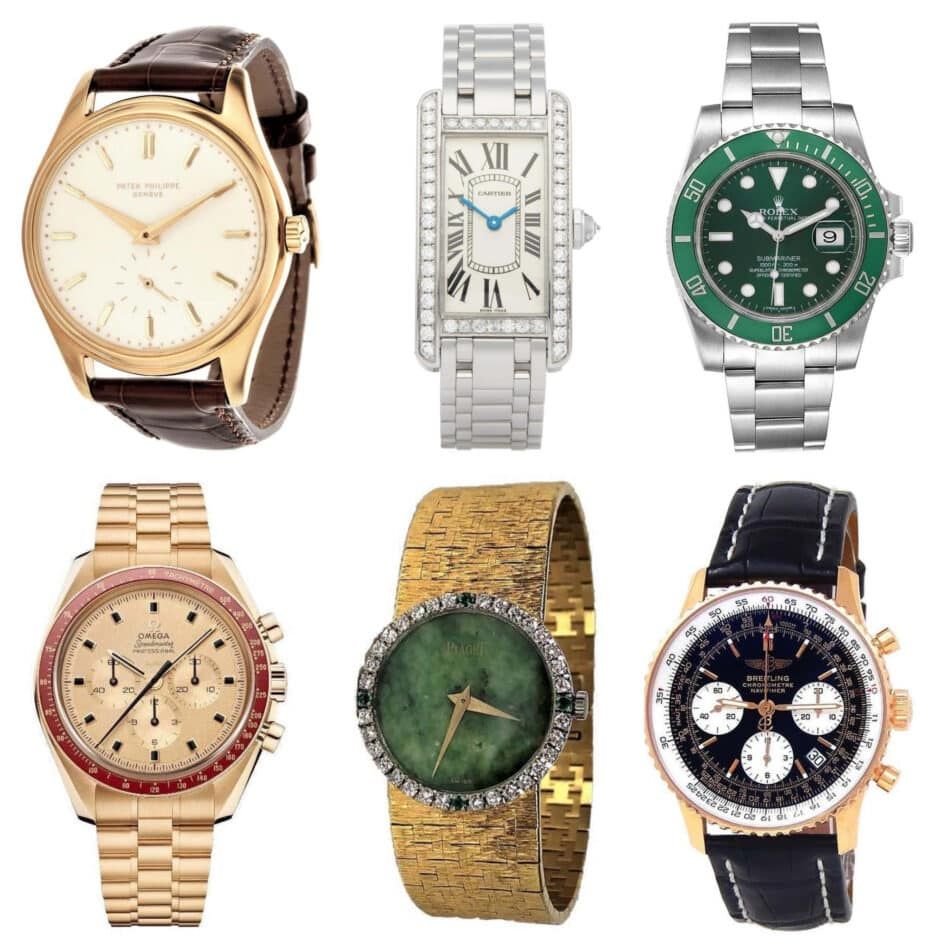
As anyone who owns a luxury watch can tell you, it’s more than an instrument for noting the time of day. It’s a marvel of craftsmanship, precision, innovation and style.
The six brands that are consistently the most popular on 1stDibs represent centuries of combined horological expertise as well as design legacies that have shaped the tastes of the modern era.
For those reasons, their watches continue to be symbols of prestige and objects of desire. We’ve put together an introduction to these venerable houses. Read on to get better acquainted.
Patek Philippe
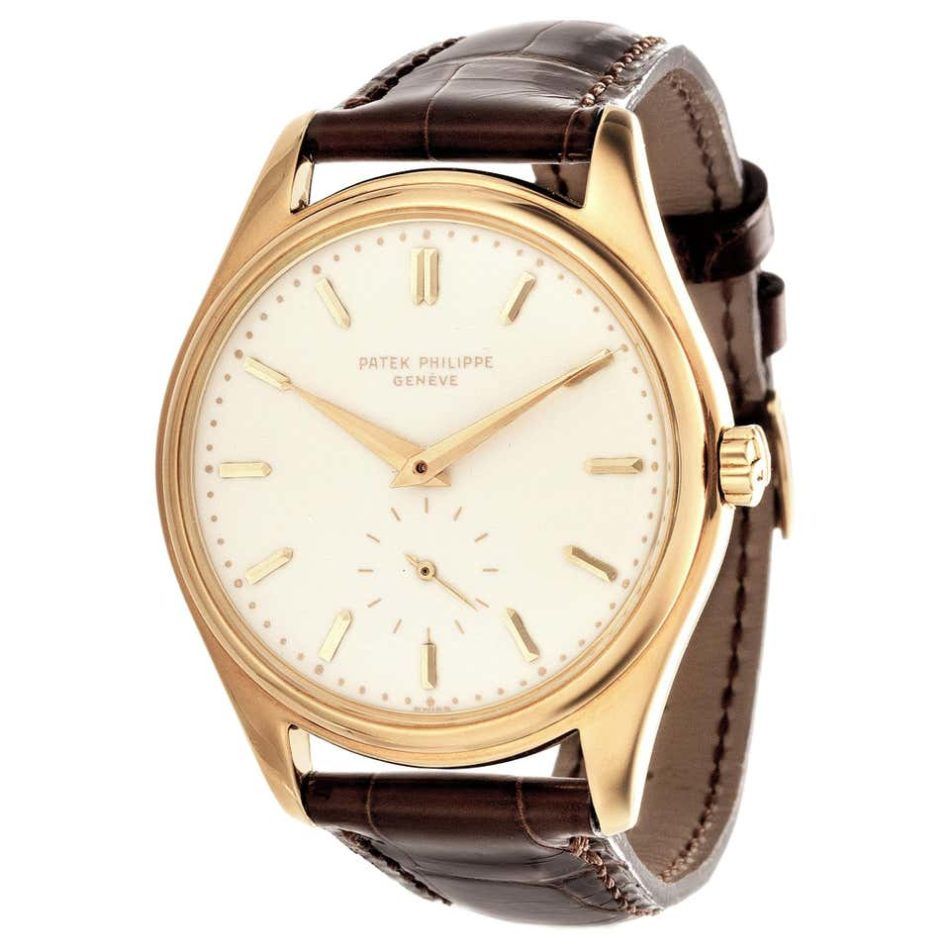
It shouldn’t be surprising that a Patek Philippe holds the world auction record for a watch ($31.2 million for a Patek Grandmaster Chime, sold at Christie’s Geneva last November, in case anyone’s wondering). Known for impeccable craftsmanship and some of the most complicated timepieces ever created, the brand is considered by many to be the height of fine watchmaking.
The house was founded in Geneva in 1839 by Polish expats Antoni Patek and Franciszek Czapek. Czapek left the firm, and in 1845, Patek partnered with French watchmaker Jean Adrien Philippe. It was the beginning of a beautiful friendship.
Catering to the glitterati of Europe, the pair counted among their clients Tolstoy, Pope Pius IX and Queen Victoria, as well as Countess Koscowicz of Hungary, for whom they created the first Swiss-made wristwatch in 1868. They also had their eye on the American market and in 1851 entered an arrangement with Tiffany & Co. still in effect today.
During the Great Depression, brothers Jean and Charles Stern, who had previously supplied Patek Philippe with watch dials, bought the company, and it continues to be run by the Stern family today.
Under the Sterns, the house has developed some of its most famous models, including the Calatrava, an elegantly minimal dress watch introduced in 1932 and named for the Calatrava Cross (the company’s logo since 1887), and the Nautilus, the brand’s first sports watch, conceived by legendary designer Gérald Genta in 1976.
Despite the house’s longevity, it’s rumored that it has manufactured fewer than a million Patek watches, making each one all the more coveted.
Rolex
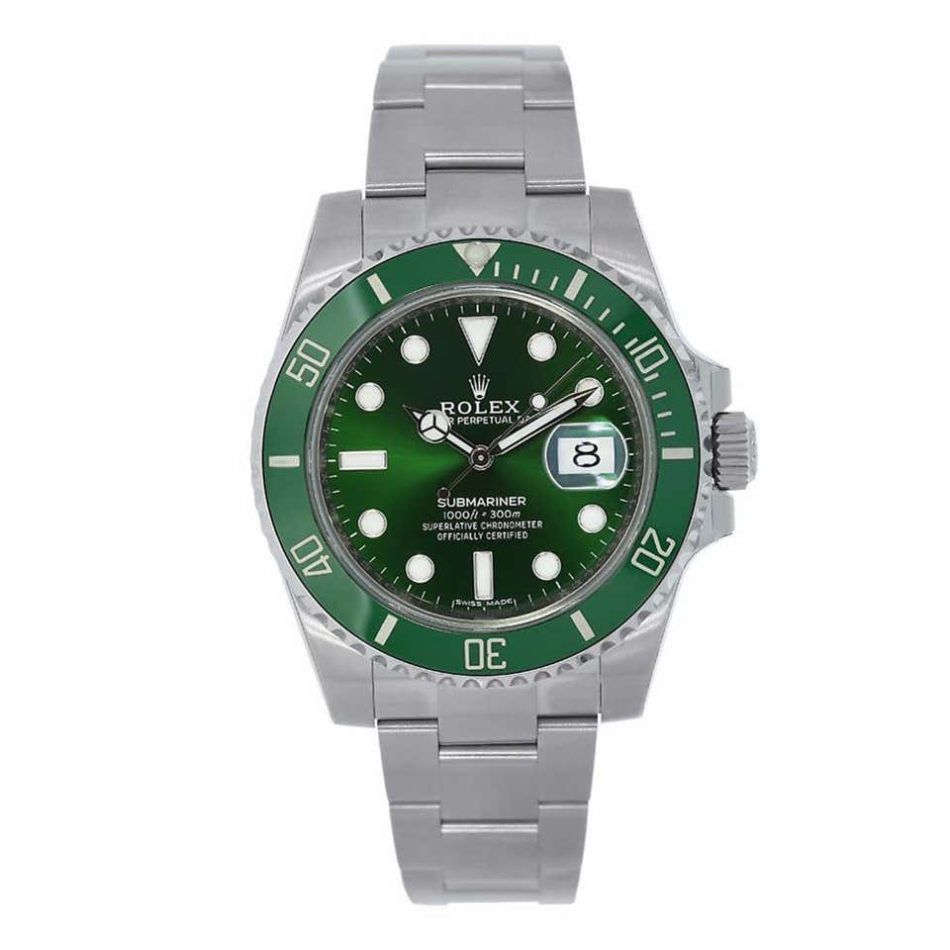
Ask anyone, anywhere, to name a luxury watch brand, and the answer will probably be “Rolex.” This enviable worldwide recognition can be credited in part to the genius of company founder Hans Wilsdorf. When the German-born watch dealer and his brother-in-law, Alfred Davis, set up their London enterprise, in 1905, they called it Wilsdorf & Davis, according to the traditional formula.
But Wilsdorf was determined to come up with another name that was short, would look good on a watch dial and was easy to say and remember in several languages. In 1908, he trademarked the name Rolex, and by 1920, he had moved the company to Geneva and redubbed it as Montres Rolex S.A.
But the main reasons for the brand’s success are its commitment to precision and unflagging pursuit of innovation. In 1926, the company introduced the aptly named Oyster model. With a screw-down crown and case back, both fitted with rubber gaskets, this was the first truly waterproof watch.
Five years later, Rolex upped the ante with the Oyster Perpetual. That model’s patented Perpetual movement contained a rotor mechanism enabling it to self-wind. In another trendsetting move, in 1945, the brand debuted the Datejust, with a date window prominently displayed on the dial.
The company’s two most iconic models are sports watches. Although the Submariner, which debuted in 1953, was developed as a dive watch, its waterproof case, solid construction and good looks made it a favorite of adventurers and urbanites alike, including James Bond, who wore it in classics like Dr. No and Goldfinger. The Daytona, the racing chronograph made famous by Paul Newman, is especially sought after by collectors. Newman’s personal Daytona, which hit the auction block in 2017, sold for $17.8 million.
Cartier
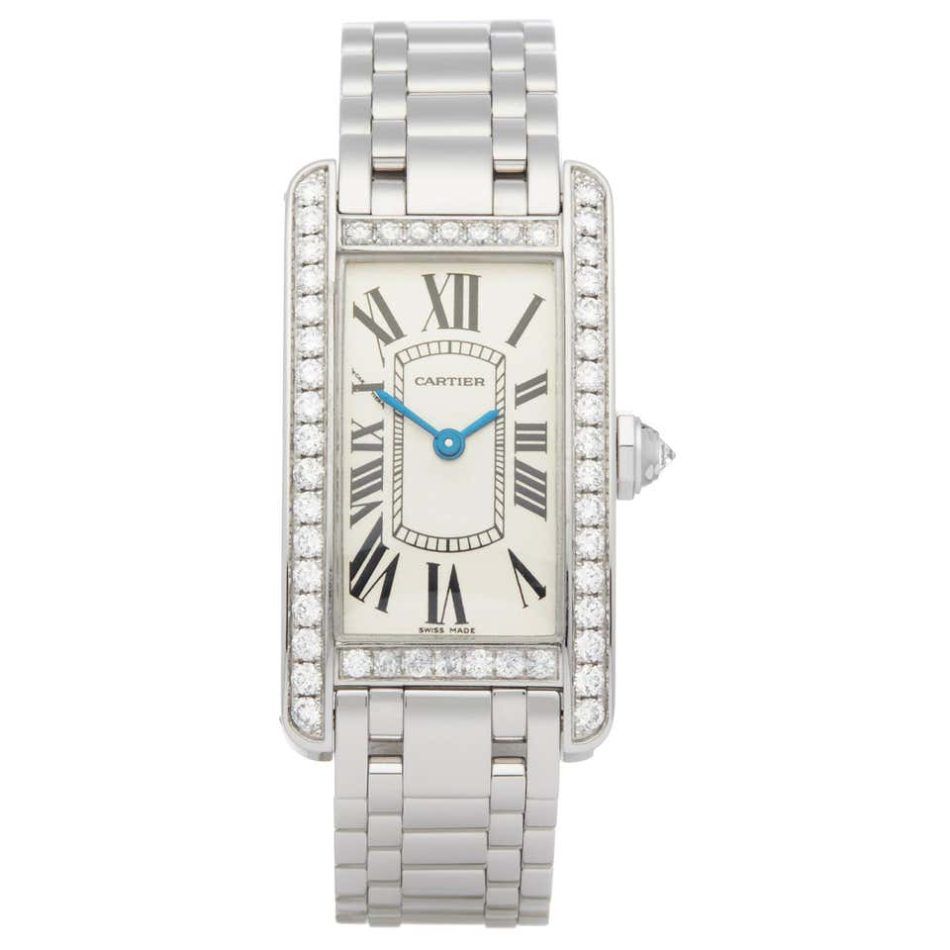
King Edward VII of England called Cartier the “jeweler of kings and king of jewelers.” Established in 1847 by Louis-François Cartier, the French maison was from its beginnings a darling of the aristocracy. But it was the founder’s grandson, Louis Cartier, who cemented its reputation as a trendsetting watchmaker. In 1904, he made the first men’s wristwatch for a friend, Brazilian coffee-plantation heir Alberto Santos-Dumont.
Although the pocket watch was the de rigueur men’s accessory of the day, Santos-Dumont, a pioneering aviator, found his own hard to consult while keeping his plane aloft. Louis fashioned a timepiece with a flat, square case on a leather strap that could be referred to easily at a glance. Named in honor of Louis’s friend, the Santos was eventually produced for sale in 1911.
Deemed daring and modern, men’s wristwatches became a vogue among the elite. Capitalizing on his success, Louis released the Tonneau in 1906. Its barrel-shaped case, another departure from the traditional round pocket watch, was embraced by other savvy watchmakers and remains a perennial favorite.
However, the Tonneau was soon eclipsed by Louis’s most iconic design. During the First World War, he was so impressed by the Renault tanks he saw on the Western Front that in 1917, he created a watch inspired by their industrial forms — the Cartier Tank watch.
Louis’s inventive streak didn’t stop at men’s watches. In 1906, he took a traditional round ladies’ case and stretched it into an elegant oval. The style was later dubbed the Baignoire for its resemblance to the elongated curves of a bathtub. In 1914, he commissioned artist George Barbier to illustrate an invitation to an upcoming exhibition. The resulting Dame à la panthère marked the debut of the animal that would become synonymous with the house.
That same year, Cartier introduced its first jewel incorporating the panther motif: a diamond watch with onyx spots, the inspiration for the current women’s Panthère model. After Louis’s death, in 1942, his legacy continued in the brand’s penchant for timepieces with unusual shapes. Its ultimate expression may be the Dalí-esque Crash watch, introduced in 1967 and said to be modeled on a Baignoire pulled from a car wreck.
Omega
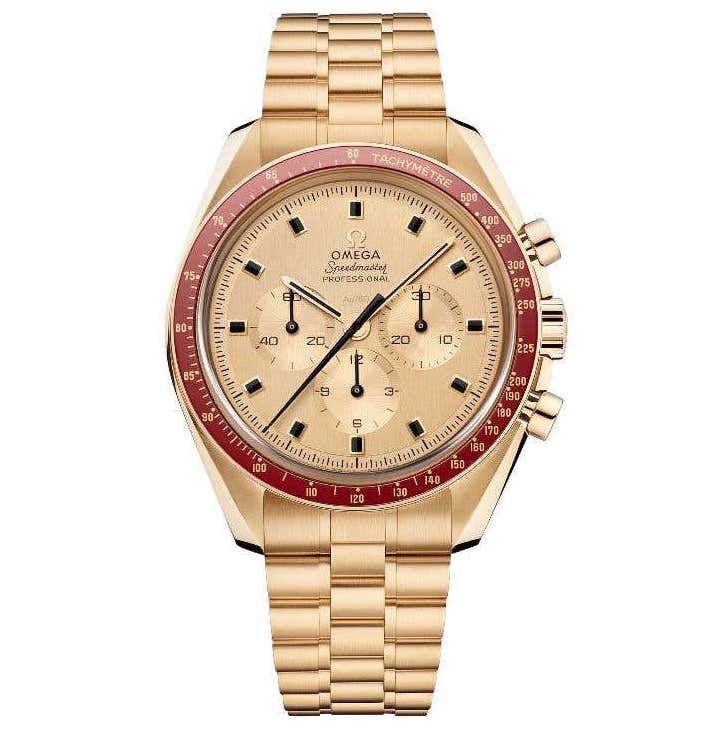
It’s a celebrated part of Omega lore that the brand’s Speedmaster Professional Chronograph was the first watch to make a lunar landing. But there’s more to the company’s heritage than the story of the Moonwatch. The house’s origins date to 1848, when Swiss watchmaker Louis Brandt first set up shop. His sons Louis-Paul and César took over after his death, and in 1894, the pair developed an intriguing new movement.
Not only was it highly accurate, but every part was replaceable, making it easy for any professional to service. The Brandts called their movement the Omega, and as its popularity spread, they changed their company’s name to that of its flagship product.
In 1917, the British Royal Flying Corps designated Omega as an official supplier, and during World War II it became the principal watch supplier for the British forces and their allies. These commissions further strengthened Omega’s commitment to ensuring its products’ reliability under extreme conditions. In 1948, it launched the versatile Seamaster. Developed as a dive watch, the Seamaster proved its durability at high altitudes and freezing temperatures, as well.
Thanks in part to its rugged reputation and Omega’s links to the British military, it became James Bond’s watch of choice in 1995, appearing in GoldenEye and every succeeding Bond movie; it is set to return in this year’s No Time to Die. Nevertheless, the most famous Omega by far is the Speedmaster, introduced in 1957. The first chronograph to display its tachymeter scale on the bezel instead of the dial for easier readability, it was quickly adopted by engineers and scientists.
Worn by Buzz Aldrin during the 1969 Apollo 11 lunar mission, it’s the only watch certified by NASA for extravehicular activity (space walks) — and, as far as we know, the only one approved by the Russian space agency, too.
Breitling
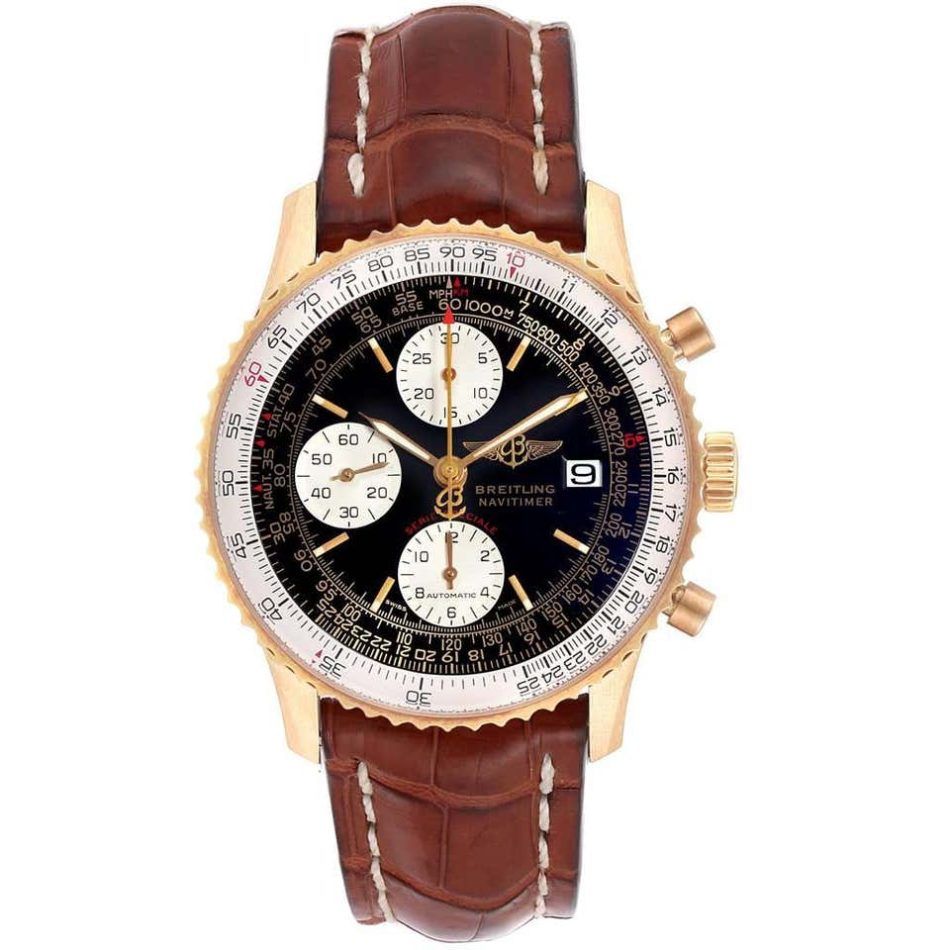
For pilots and others in love with flight, no brand is more closely associated with the world of aviation than Breitling. From the beginning, watchmaker Léon Breitling, who opened his shop in the Swiss Jura Mountains in 1884, was focused on chronographs and their uses in the burgeoning fields of sports, science and industry.
After Léon’s death, in 1914, his son Gaston continued along his father’s trajectory. An early fan of aeronautics, Gaston introduced one of the first wrist-worn chronographs, a welcome upgrade for pilots used to executing complex maneuvers while juggling a pocket watch.
In 1934, Gaston’s son Willy made another leap in the chronograph’s evolution, patenting the first wristwatch with two pushers — one to start and stop elapsed time and one to reset — a feature now taken for granted.
But perhaps the most significant development under Willy’s leadership was the Chronomat watch. Introduced in 1942, it featured a patented rotating slide-rule bezel for making calculations on the fly. This innovation led to the 1952 creation of the brand’s signature timepiece: the Breitling Navitimer.
Designed in partnership with the Aircraft Owners and Pilots Association, it was adopted as the official watch of the AOPA in 1959 and remains the world’s most iconic pilot’s watch. Not content to rule just the air, Breitling developed dive watches as well, including the Superocean, released in 1957, and the Transocean, which followed in 1958. The house also took its show on the road, producing dashboard clocks and then watches in partnership with luxury automaker Bentley.
The Navitimer, however, still reigns supreme among pilots everywhere. With Top Gun: Maverick coming to screens later this year, now may be the perfect time to pick up a vintage Breitling Top Gun Navitimer, displaying the official logo of the United States Navy Fighter Weapons School, for yourself or your favorite wingman.
Piaget
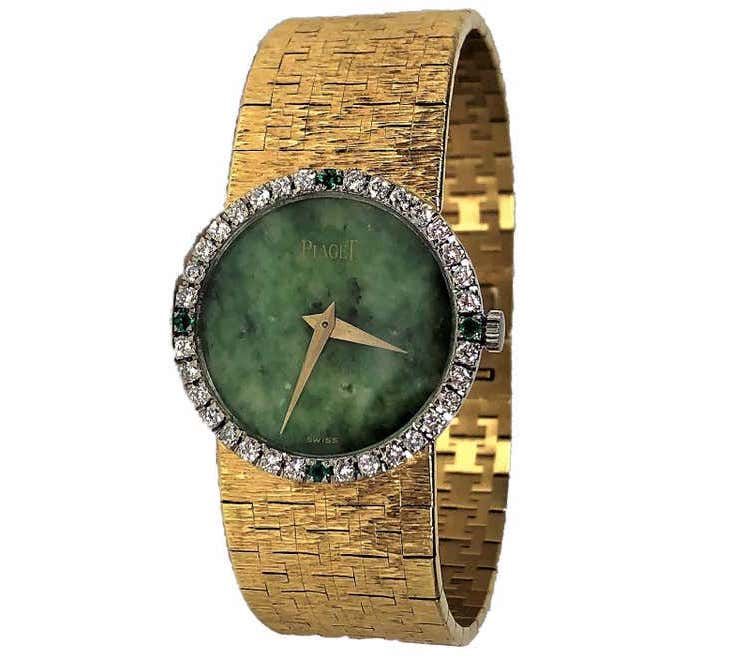
Although many know Piaget for its haute joaillerie, it began as a watchmaking venture in the charmingly named Swiss town of La Côte-aux-Fées. Georges-Édouard Piaget started as a maker of watch movements, founding his firm in 1874. By the 1920s, the company had become a purveyor of luxury timepieces, and its expertise in movements would prove one of its defining strengths.
In 1957, the house introduced the Calibre 9P. Just two millimeters thick, it was then the thinnest hand-wound movement in the world. Three years later, Piaget announced the Calibre 12P, the world’s thinnest automatic movement, at 2.3 mm.
With these ultra-thin movements at their disposal, the brand’s designers were free to create imaginative pieces with little concern for size. At the same time, Piaget was expanding its focus with new ateliers devoted to jewelry making. The influence of the jewelry workshops on the watch business led to some spectacular designs for both women and men.
In the 1960s, Piaget debuted watches with dials made from semiprecious hard stones like lapis lazuli, jade, turquoise and tiger’s-eye, capturing the attention of Jackie Kennedy and other style arbiters. It also introduced the cuff watch — a wide bracelet surrounding a colorful stone dial. In 1979, the company unveiled the Polo, its first luxury sports watch. The horizontal gold bars composing the band didn’t stop at the case; they also formed the dial, allowing the Fort Knox motif to continue seamlessly around the wrist.
Yves Piaget, the founder’s great-grandson, described the Polo as “a watch bracelet rather than a mere wristwatch.” Today, the house still amazes in the realm of super-slim watches with its Altiplano collection. The Altiplano Ultimate Concept is the world’s thinnest mechanical watch, with a profile of just two millimeters, case and all.

